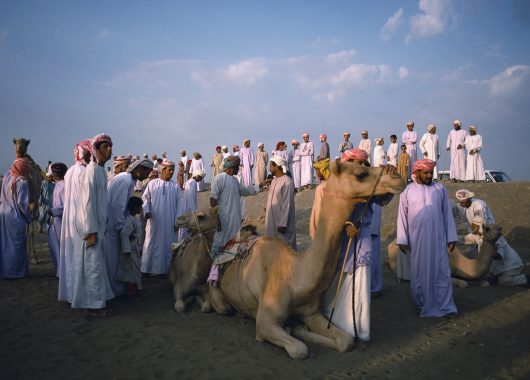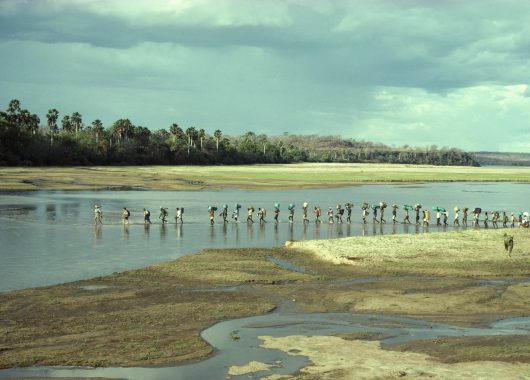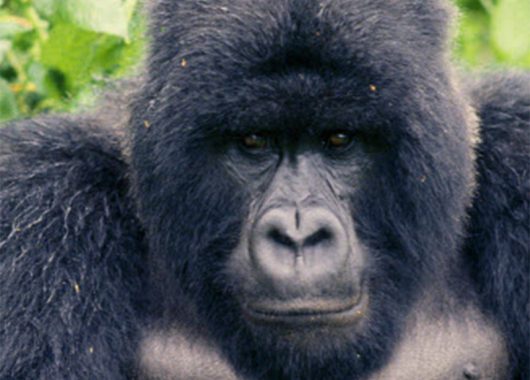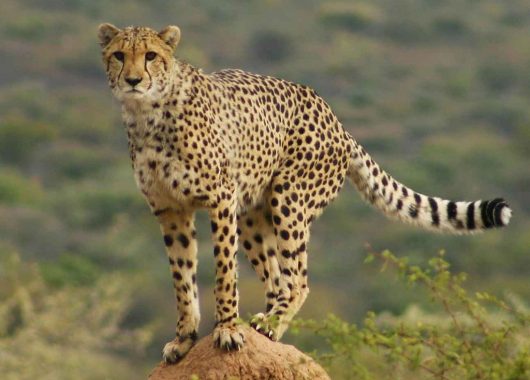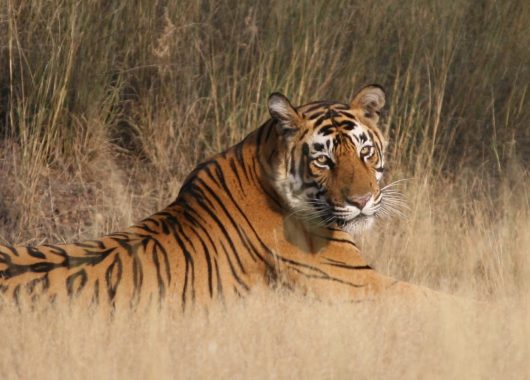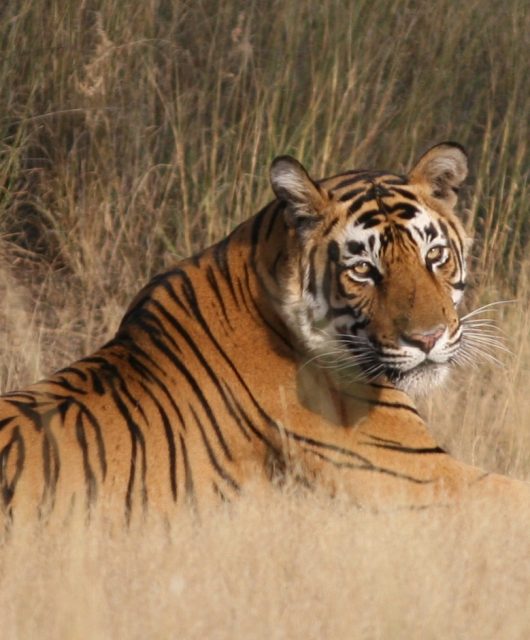Elephants in India
This article was first published by Harpers & Queen, April 1989.
Behind the world’s back, elephants are still being bought and sold in the small town of Sonepur near the Ganges. Although this elephant market, and a simultaneous cattle fair, is attended by more than a million visitors, the town is not mentioned in current guide books, and received only eight lines in Murray’s Guide, which used to be the only guidebook for India: ‘Sonepur has a fair in October to November. Formerly, there were elephants for sale…the station platform is 2,415 feet long’.
It is a tribute to the unlimited secrets of India and the strength of her culture that this unremarked market still survives. When I arrived there, more than 200 elephants were standing in neat lines under the shade of ancient mango trees. It was still early morning, the time for the elephants to be taken for their bath. They were led off one by one, a mahout astride each neck, a spear-carrier by each flank. Once down on the beach, the elephants were ordered to lie down on their sides, then the mahouts and attendants clambered all over them, scrubbing every inch of flesh, before ordering the elephants to turn over. The animals love the water, and become skittish, snuffling and gurgling and occasionally pretending to get up. The mahouts control them with a continuous flow of exclamations and shouts.
Considering that elephants are more than fifty times the weight of their mahout, most of the vast animals are astonishingly obedient. But one elephant, who had marched nearly a thousand miles to the fair, decided to be frivolous. She refused to be scrubbed, and instead splashed and shrieked, squirting jets of water into the air. Five times the mahout tried to scramble on to her back, but each time he was gently rolled off. The elephant could have killed him within seconds, but contented herself with a gradual retreat into deeper water. The large crowd of spectators was gleeful.
When the sun became hotter I returned to the lines of elephants in the mango orchard where I tried to discover who buys these elephants. My guide translated, and it was revealed that there is still a wide variety of uses. A few are bought by temples (mostly from the South) for ceremonial purposes, though in recent years this has been a declining market. A number are still being used in the traditional way for logging and forestry work. Some are bought for begging, at which they are most effective, partly because of their association with the elephant-faced god Ganesh. A begging elephant will, for example, put its trunk through a bus window, and extract money from almost every passenger. A famous begging elephant in Mandalay used to shuffle throughout the city, her trunk wrapped round a silver bowl, which she rattled in front of prospective donors. An expanding market may be the use of elephants for a gentle version of mugging: one Belgian girl exploring Old Delhi found her pathway resolutely blocked by an elephant, which refused to move until she had handed over sufficient rupees.
Another expanding market is their use for carrying visitors into the wildlife sanctuaries recently created throughout India. There is no better way to see animals than from the back of an elephant: the rider watches from a perfect height, undisturbed by noise or exhaust fumes. The elephant does minimal damage to the habitat (no need for unsightly roads) and it can approach close to most animals, even tigers, without alarming them.
At this year’s market the majority of elephants were being bought and sold by the local feudal
landlords (often called zamindars). The state of Bihar is notorious for the power retained by these landowners, backed by a sympathetic police force (the senior officers come from the same families) and a corrupt administration. These feudals like to keep elephants as status symbols – which they certainly are, being exorbitant to maintain. Each elephant requires the services of two employees, and every day should be fed with several hundred pounds weight of fodder. It is as expensive to maintain one elephant as it is to employ ten full-time servants.
Each year the zamindars have to pay more for their elephants: the domestic stock is diminishing because wild-trapping is no longer allowed. Uniquely among animals, the wild variety of elephant is usually easier to train than the home-bred one. A wild elephant presumably never loses some trace of inherent fear; but a home-bred one, when a playful calf, had probably knocked over a few human beings, and learnt a measure of contempt.
One of the zamindars invited me for tea. He was sitting in the centre of a semicircle of chairs, facing his elephant, whose trunk was being painted with red and yellow designs. He told me that he hoped to sell it for £4,000, about an average price for this fair. His canvas tent was pitched behind the chairs, in exactly the same place as in every previous year. Like most of the other zamindars, he was dressed in a cream raw-silk jacket and white starched trousers. Two gunmen attended him on either side. When being photographed, he insisted on adjusting his dress in order to ensure a clear display of the pistol at his waist.
When I asked my host if his elephant had ever killed anyone, he replied ‘only three – two mahouts, and a labourer’. One notorious animal is known to have dispatched eight of its mahouts. The owner never had a problem finding replacements because mahouts take a pride in controlling the most difficult animals. Male elephants that are on ‘musth’ are especially dangerous, and at last year’s fair, one of them killed a visitor. This year there were few problems, although one irascible beast attacked its neighbouring elephant at the bathing beach; after being surrounded by spear-carrying mahouts, its feet were hobbled with thick chains, and it was led back to its post through lines of excitedly trumpeting elephants.
My third day at Sonepur was the holiest, the most auspicious time to bathe in the river Gandak, near to its confluence with the Ganges. The crowds making their way to the fair were so great that I had to park several miles away, and gradually elbow a path to the river bank. Here was a tumultuous cacophony: the banging of drums, the clashing of cymbals, excited shouting, and the chanting of hymns. I was accompanied by the remarkable photographer, Raghubir Singh, who had pre-hired a narrow wooden boat which he generously let me share. ‘You will get your main photograph within the next hour,’ he predicted.
The boatman punted us to within a few feet of a perfect spectacle at the bathing beach. In the soft morning light, the elated crowd waded and splashed right next door to the elephants. It seemed as if the bathers were sure of their safety on this holy day: within touching distance of the gigantic animals, they prayed, submerged themselves, and cast flowers into the river. When the mahouts ordered the elephants to turn over, the crowds briefly shied away but then immediately refilled every available space.
While sitting with one of the zamindars, I watched his elephant shred down a piece of bamboo, and then use it for picking between her toes. Very few animals are clever enough to use tools, and this action emphasised to me the belief that elephants are exceptionally intelligent. J. H. Williams, author of Elephant Bill, claimed that they are as clever as English sheepdogs. Williams certainly knew his elephants, but I doubt that he had great knowledge of sheepdogs. After many conversations with elephant owners, dealers, and mahouts, I decided that an average elephant’s intelligence is considerably more than that of most horses, and a bit less than that of most dogs. But each elephant is a most distinct individual, and it is likely that the cleverest elephants are more intelligent than the stupidest Dalmatians.
There is plenty of evidence to show that elephants are no fools. Ditches are sometimes built in an attempt to prevent them raiding crops: elephants can’t jump, and thus a seven-foot-wide ditch is impassable. The elephants, however, promptly fill the ditches with earth, and then walk across. When domestic elephants make night raids on banana plantations, they prevent their neck bells from ringing by stuffing them with mud. Their memory is excellent, and it is well known that, even when they have escaped for years into the forests, on their recapture they still remember the customary forty words of command. When mahouts try to smuggle an aspirin-sized pill inside a cricket-ball sized tamarind, the elephants will carefully extract the pill, before swallowing the juicy fruit.
It is widely believed that only the Asian elephant is trainable. This is not the case. As long ago as the third century BC, the Carthaginians were using African as well as Asian elephants, and when the Carthaginian general, Hannibal, crossed the Alps in 219 BC, his animals were almost certainly African. The Romans, too, used both African and Asian elephants, though they tended to use them less for war, and more for ceremonial and gladiatorial purposes.
After the end of the Roman Empire, the art of training African elephants was entirely lost for centuries, until 1899, when King Leopold of the Belgians decided to revive the ancient Carthaginian skills and instituted a training camp in the Congo. Most experts were doubtful about the project, because the African elephant was considered less intelligent and less docile. But the African Forest elephant (as opposed to the Bush variety) proved susceptible to training, which continued for some decades. Patricia Cockburn describes in her wonderful autobiography, Figure of Eight, a visit to the training camp at Niangara, where apart from the selling of trained elephants, the camp also loaned them as actors for films. One cow elephant’s speciality was being shot, and she put her whole heart into the act. A supposed white hunter would fire a blank cartridge at her. She would halt, shudder, fall on her knees, rise, stagger a few steps, collapse, and then lie on her side as if dead. And there she would stay, until her keeper approached with an orange or a bunch of sugar-cane.
The untrainability of the African variety is only one of the many misconceptions about elephants. So here is a paragraph of statistics. They are nowhere near as long-lived as generally believed, and their life span approximately parallels that of a human being: they can first be used for work at about fifteen, and in timber camps they are retired at 50. Their best working years are between 35 and 40. The greatest age which has been verified with absolute certainly is 78 (in a zoo); but it is possible that wild elephants may live longer, because they have access to a more suitable and varied diet. The elephant is the world’s largest land animal, and the Asiatic variety has the longest gestation period – twenty months. The Burmese recipe for an elephant’s enema necessitates the use of four gallons of warm water, mixed with three ounces of turpentine, and a cake of Sunlight soap.
After Sonepur, I wanted to see some wild elephants, so I drove south for about ten hours to Palamau, a large wildlife reserve with about 95 resident elephants. The area is little-visited by foreigners, and my lodge consisted of only four simple bedrooms. Each night a rat gnawed at the soap, and deposited its droppings in my basin. The electricity was intermittent. But the room which opened on to a large pleasant balcony was spacious, and was excellent value at £4.50 a night.
Each morning I made an excursion into the sanctuary on the back of an elephant. This too, was good value at £1.30 an hour, including the fee for the mahout. When we started at six in the morning, it was always too damp and cold even for the birds to have begun singing; we could hear only the mournful whooping of langur monkeys. The chill never caused misery, for one knew well that soon the pink rays of the morning sun would penetrate the dense foliage of the forest and warm our frozen fingers.
December was not the best month to spot either elephants or tiger: there were still too many water-holes, so the game had not become concentrated. Although we once heard the trumpeting of a nearby elephant, we had to console ourselves with close views of black Indian bison in their white-stockinged feet, and flocks of great pied hornbills gliding among the tree-tops.
The mahout told me that during the last ten years only two young elephants had been killed by tigers. On each occasion the tiger had bitten off their trunk, and, as elephants are unable to feed without them, the tigers only had to wait for the inevitable decline of the wounded animals.
Generally tigers have a difficult time in killing young elephants. This is because of the ‘aunt’ system: after an elephant cow has jettisoned her mate, she forms a strong relationship with another female. This friend will guard her while she gives birth, and later act as an additional mother to the new-born calf. Thus the mother can get the few hours’ sleep she needs, confident that the aunt is guarding her calf from attack by hungry tigers.
On the morning after my first elephant ride, I walked into a neat Muslim village on the edge of the reserve. The villagers told me that they suffered greatly from the local wildlife: during every harvesting season, the elephants purposefully migrate to their area and eat a large proportion of the rice, meanwhile trampling even more under their enormous feet. Much of what is left is taken by deer or wild pig. And the villagers are also in some danger: within the last month elephants had killed two of their neighbours. I asked a villager if he would prefer to see all the elephants dead. ‘No’, be replied, ‘they are beautiful, just so long as they stay in their forest.’
The kind park staff were determined that I should see some of these troublesome beasts, so each morning they sent for reports from forest trackers. Following a positive report, I was sent off into the forest, accompanied by two tribals armed with axes. Although they clearly had an intimate knowledge of the jungle, I was nervous, because our route involved plunging through thick clumps of bamboo in order to inspect hidden water-holes. And, unfortunately, we began our walk at the precise spot where, a week before, an elephant had killed an old lady. Her tiny plastic sandal was still lying by the roadside.
Before entering the forest, the tribals gave me instructions on how to escape a charging elephant: on no account should I run along a path, because I would always be out paced. Instead I should flee into thick bush – although elephants have superb smell, they have poor eye-sight. Also, if possible, I should run downhill. But, in Calcutta, India’s great elephant expert, Professor Choudhury (who has been charged on many occasions) had told me to run uphill. So I remained confused, excited, and jittery.
The tribals frequently pointed out leopard and tiger tracks, and the recent droppings of elephant. Every time monkeys shook the trees above us, I was convinced we were about to be charged. My fear was immeasurably increased when a shrieking of elephants erupted from the bushes right next to us. We stopped. The herd was so close that we could hear even their breathing. In preparation for flight, the tribals hitched up their lunghis, and told me to roll up my trousers. We remained still, but the noise of crashing branches gradually diminished, and the animals slipped away without giving us even a glimpse of grey skin.
India’s achievement in creating reserves and preserving wildlife has been remarkable. Against all the odds, elephants and tigers are on the increase. Now the Government is starting to face the problem of success. In some areas the number of elephants is too great for the protected forests – a problem exacerbated by massive deforestation outside the reserves. And the Asian herds have rarely been diminished by the devastating levels of poaching suffered in Africa. This is partly because of religious taboos, partly because of efficient Government supervision, and partly because the Indian female elephant, unlike her African counterpart, carries no tusks.
Several herds are developing the habit of living in cultivated areas, and, as a result, are losing their fear of man. Many of these elephants are becoming dangerous, and even during my short stay, the newspapers printed several reports of villagers being killed. By and large, elephants are far more dangerous than tigers.
In North Bengal, many of them have developed a craving for alcohol, and frequently raid villages, tearing the roofs off houses in order to get at home-brewed spirits. One friend was taken by villagers to see a drunken elephant that was sitting on its backside, intermittently screaming. As with so many humans, drunkenness tends to exaggerate inherent characteristics: an amiable elephant becomes even more amiable, a cantankerous one becomes deadly.
I made an expedition west from Calcutta to look at a troublesome herd, now living about 180 miles away from its original forest. This herd has established an efficient migratory route, which brings it to each different area at the precise moment when the crops have ripened. They settle in small woods by day, and emerge by night to raid the villagers’ fields. To find them, I travelled by train through a soft, densely-cultivated landscape of rice fields and banana groves, and couldn’t believe that soon I might be seeing wild elephants. At Midnapor station I hired a jeep and, with the help of a range officer, set off to fetch the local headman, whom we found reclining in front of a mud house embellished with stencils of a hammer-and-sickle. He, in turn, summoned a local celebrity, Bheem, who spearheads the villagers when they drive the elephants out of their fields. The headman told us that Bheem was extremely brave, and that on many occasions the elephants had charged to within a few feet of him.
Bheem had a pock-marked, diffident face, and was dressed in flapping white pyjamas, topped by a blue nylon jersey. I was told that, by keeping close behind him, I might get a chance of a photograph. Just before sunset he led us to the fields that had been raided the previous night. Only a few minutes after dark, the gentle noise of children playing was interrupted by a succession of yells, which signalled the emergence of the elephants. By now some 60 villagers had joined us, and one of them handed Bheem a six-foot pole topped with burning jute. Two other villagers carried similar poles, and three others held shorter ones tied with burning bicycle tyres. Once all the flares had been lit, we walked towards the noise of exploding fire crackers, which were being used to frighten away the elephants. After a few hundred yards, Bheem started running towards them: soon we could see the grey shapes of more than 40 elephants, one of them a magnificent tusker. Alarmed by the fire-crackers, they were moving away from us, so Bheem speeded up in the hope that I could get a photograph. I scrambled and tripped across the furrows, two Nikons clanking painfully against my ribs. We never got closer than 30 yards – too far for my flash – but because ever villager behind us was shouting, ‘Picture, picture’, I took frequent photographs.
When taking coffee on the following morning with the local forest officer, I asked him why the villagers didn’t disregard the law, and kill the elephants. He explained that the animals were held in considerable respect because of their association with the popular god Ganesh. The locality had just experienced an excellent crop, which was in part attributed to the elephants’ auspicious visit during the previous year. The officer told me that, recently, while hand-rearing an abandoned elephant calf, he noticed that his supplies of milk had been less watered-down than usual. On confronting the milkman with this mystery, he was given the reply, ‘Do you really think I would adulterate your milk, when some of it might be drunk by the Lord Ganesh?’
![]()
Articles by John Hatt
Other Articles
![]()
![]()

